A grotesque, twisted fusion of flesh and metal, “Tetsuo: The Iron Man” delivers a shock to the systems with impossible-to-forget visuals.
TETSUO: THE IRON MAN (1989)
THE PLOT:
After jamming an iron rod into an infected wound in his leg, a Metal Fetishist (played by Shinya Tsukamoto) takes his pain into the streets of Tokyo, where he is involved in a car accident with a Salaryman (played by Tomorowo Taguchi) and his girlfriend (played by Kei Fujiwara).
Believing the Metal Fetishist to be dead, the duo quietly dumps the body in a nearby ravine.
The next morning, the Salaryman discovers a sliver of metal protruding from his cheek, which marks the commencement of an astounding metamorphosis that puts him on an apocalyptic collision course.
THE BLOODY BACKGROUND:
The first feature-length film from celebrated director Shinya Tsukamoto (the same man who portrays the Metal Fetishist), which was adapted from an 8mm short he made entitled The Phantom of Regular Size, Tetsuo: The Iron Man took the art world by storm at Italy’s Fantafestival, a science-fiction/horror film festival where it would go on to take the award for Best Film.
Heavily inspired by the rising popularity in cyberpunk, Tsukamoto’s debut would go on to earn rave reviews, comparing the film’s hyperactive style, body horror extremities and industrial backdrop to the work of David Lynch, Sam Raimi and David Cronenberg. It’s gone on to be featured in the Steven Jay Schnieder’s book 1,001 Movies You Must See Before You Die, and be regarded as one of the film’s that paved the way for the rise of the more extreme entries in Japanese horror.
THE DAMN DIRTY DETAILS:
Celebrated for his cult following and kickstarting the Japanese cyberpunk movement, which was just starting to make waves with films like 1982’s Burst City and 1988’s Akira, Tsukamoto had been tinkering with film since the tender age of fourteen after his father had gifted him a Super 8 camera. In the 1980s, Tsukamoto would establish a theater group called “Kaijyu Theater,” where he would meet Fujiwara, who would become his partner leading up to Tetsuo: The Iron Man.
Marred by a tumultuous shoot that found most of the cast and crew abandoning the project as it neared completion, Tsukamoto would end up finishing his influential creation largely on his own inside a cramped apartment that doubled as the film’s set. The director would go on to say that after he had completed the shoot, he flirted with the idea of destroying the footage.
Filmed in black and white in an effort to conceal some of the more horrific aspects of his piecemeal vision, Tetsuo: The Iron Man has gone on to inspire countless filmmakers including Takashi Miike and has earned high-profile supporters like Quentin Tarantino and Martin Scorsese. He would go on to craft two sequels to his 1989 breakout hit, 1992’s Tetsuo II: Body Hammer and 2010’s Tetsuo: The Bullet Man.
In 2021, Arrow Video would release a Blu-ray set entitled Solid Metal Nightmares: The Films of Shinya Tsukamoto, encompassing several entries of his colorful career in filmmaking.
Still active to this day, Tsukamoto’s crowning achievement remains his pulverizing debut, which is commonly mentioned in various message boards around the internet as one of the most insane creations to ever be etched in celluloid.
THE HORRIFYING TRUTH:
Now, you’re probably sitting back, skimming through those fun factoids above, and saying to yourself, “So, if this movie didn’t cause a heap of controversy when it debuted, what gives it the right to make this column?!”
A simple Google search is going to instantly reveal that Tetsuo: The Iron Man is one seriously warped body horror flick, comparing this frenetic explosion of unrest to the works of the body horror maestro David Cronenberg, whom Tsukamoto himself has mentioned as an influence.
Trading in fleshy orifices that await VHS tapes or a phallic stinger that protrudes from an armpit for a chrome, we get a David Lynchian-style industrial-surreal metamorphosis that falls somewhere between the remains of a nasty car wreck and a pile of half-melted computers that have been trampled inside a punk rock mosh pit.
Tetsuo: The Iron Man boasts some gnarly visual grime, achieved through a budget thinner than a shoestring.
What spine-rattling visuals thrash through the taunt 67-minute runtime are on par with some of the most gasp-inducing highlights of Sam Raimi’s The Evil Dead, achieved with the same stop-motion magic and gum-and-spit construction that are worn like badges of honor, with metal rods dragged across bared teeth and then shoved into a gaping leg wound infested with maggots.
But it’s not just button-push gross-outs like this that jolt you where you sit, almost as if William Castle himself rigged your recliner with the same “Percepto!” gimmick he used during showings of The Tingler.
It’s been heavily pointed out by plenty more than just myself that Tetsuo: The Iron Man’s hyperactive style seems inspired by good ol’ Raimi and his merry gang of indie filmmakers who gave their blood, sweat, and tears to raise those damnable Deadites!
TETSUO embraces an energy that is far more potent than ten cans of Red Bull spiked with pure adrenaline.
It’s exactly what pushes that ribbed-for-your-disgust metal rod even deeper into your psyche to the point that you see white spots.
Tsukamoto then takes to the streets of Tokyo, bounding across a largely unaware metropolis of ordinary salary men and women who sit patiently for a train like robots coded in a factory and then sent marching forth into the corporate world.
He’s ready to fry our human circuit boards, and he’s going to bum-rush your senses any way he can, from a camera speeding down winding streets to a crashing industrial score from Chu Ishikawa, all of which keep you writhing in your seat until you’re utterly exhausted.
Tsukamoto wisely forbids you from catching your breath, and Raimi had to have been proud.
Of course, loads of other visual shocks ensue, from a man being violated by a slithering metallic probe that side winds like an angry serpent, to one character’s penis turning into a drill and then a woman sitting on it in searing moment sure to make any viewer yelp.
The carnage is particularly traumatic, especially when mixed in with the perspiring atmosphere and crinkled sheet metal that acts as the film’s ragged stage.
As the changes begin to take hold in our characters, they ooze fluid that could be oil or blood, consistently leaving you guessing behind the black-and-white smear. It heightens the stark surrealism of all the clashing and banging going on, especially during the action-heavy final act that could possibly have partially inspired the conclusion of 2008’s Iron Man.
Once the shock element begins to wear off, anyone who dares tangle with Tetsuo: The Iron Man begins to pick up on the layers the film possesses, similarly to the ones that form in and around our Salary Man and the Metal Fetishist.
Many have pointed to the exploration of repressed sexual fantasies and their consuming nature, and even Tsukamoto has alluded to several different ideas he was looking to explore when he rolled the camera; the most common one mentioned by the creator is his fascination with the conference of flesh and metal.
What’s remarkably fascinating about TETSUO is just how open to interpretation it is, especially when you take a dive into the countless articles that have been pounded out about this Japanese shocker.
Much like Begotten, you’ll find yourself leaping down an oily rabbit hole to stuff your static brain with the meaning of all of it.
Viewed in our own technology-dominated times — where every palm is greased with a glowing smartphone unlocked through a fingerprint and facial recognition, every wrist dons a smartwatch that is interlaced with our health data, and VR goggles fit snugly on the faces of dazed humans looking for a way to escape the doldrums of the real world and into one comprised of 4K pixels that have become more inviting than the matter around us — Tetsuo: The Iron Man finds new significance.
It roars like a newborn god into the streets and proclaims, “WE CAN MUTATE THE WHOLE WORLD INTO METAL! WE CAN RUST THE WORLD INTO THE DUST OF THE UNIVERSE!”
Swap metal for plastic, Gorilla Glass, stainless steel and titanium, and throw in A.I. anxiety… along with a few next-gen video game consoles and giant televisions for good measure, and the vastness of the internet and its wealth of digital commotion… and you’ve got an entire populace’s humanity on the verge of rusting into the dust of the universe, our humanity rekeyed in a series of codes, emojis and “like” buttons.
Another character responds through an ominous mixture of agony and ecstasy, “sounds interesting.”
In fact, you could even pick up a hollow hint of knowing as they drool out a pus-laced bile, sighing that they “feel great” as they roll off to make the world anew – in their increasingly artificial image.
Maybe they broke the fourth wall and reached the world beyond those narrow Tokyo streets and have been slowly morphing us into their wiry image; they’ve punched our human timecard.
It’s just like Tetsuo: The Iron Man’s credits say – GAME OVER!


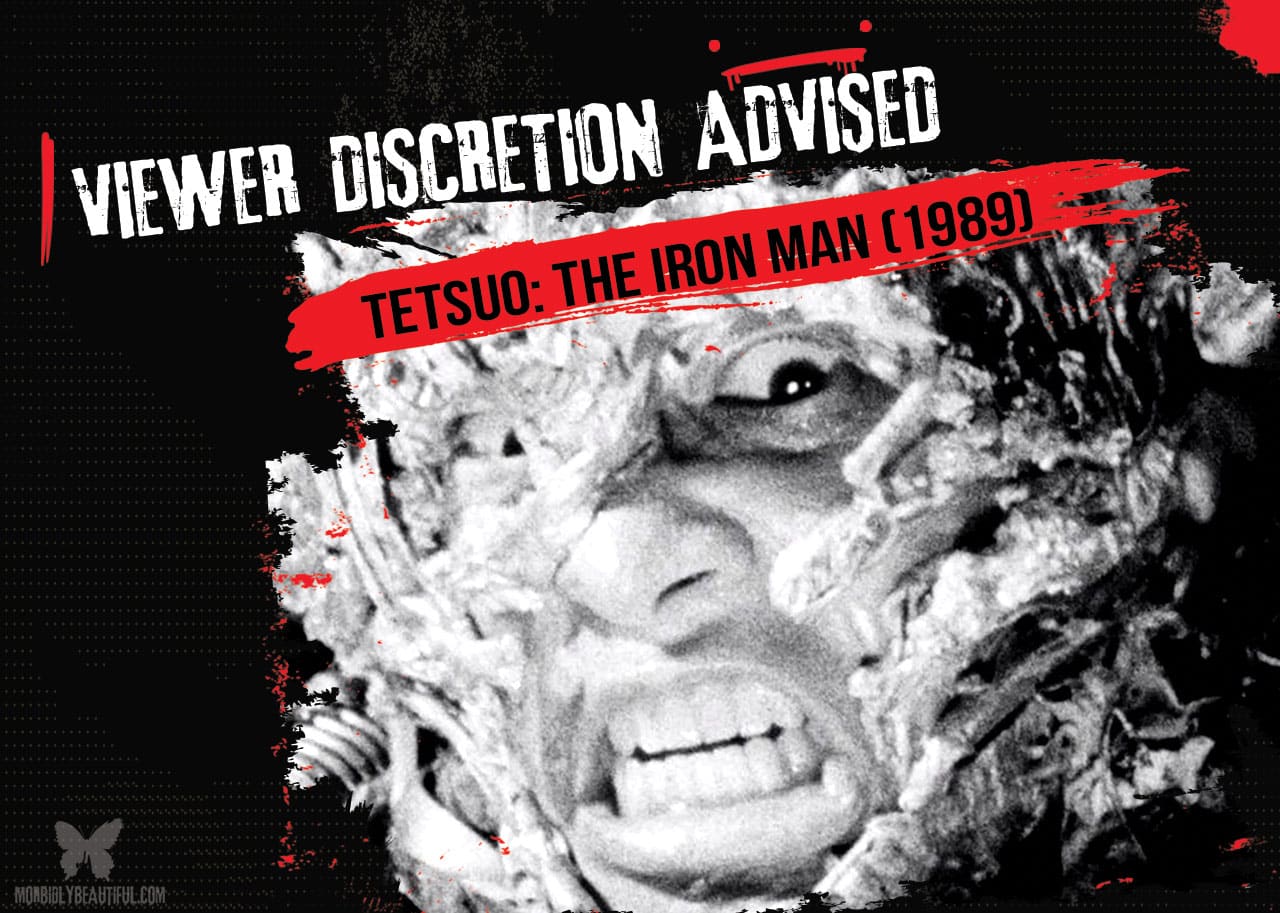
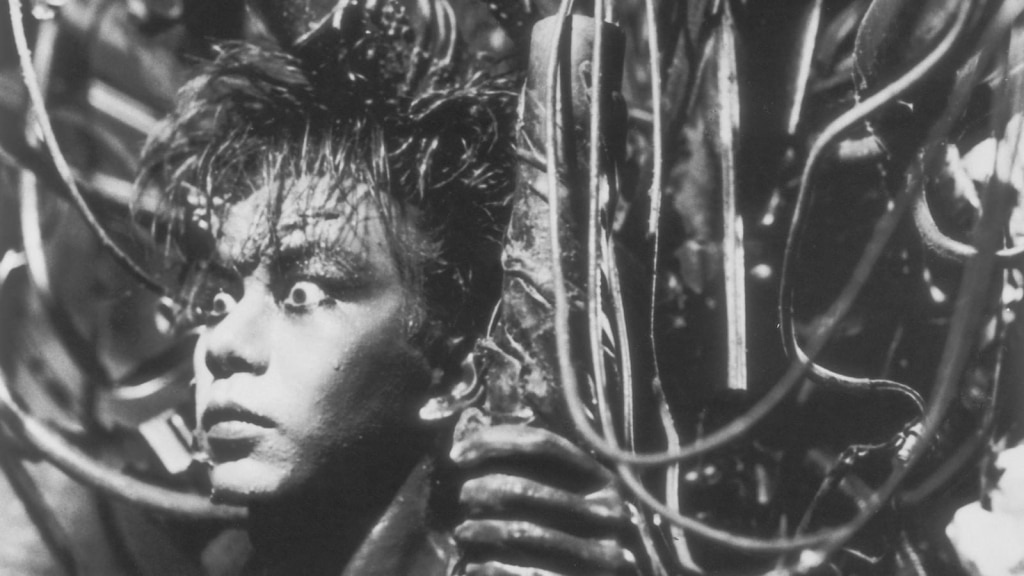
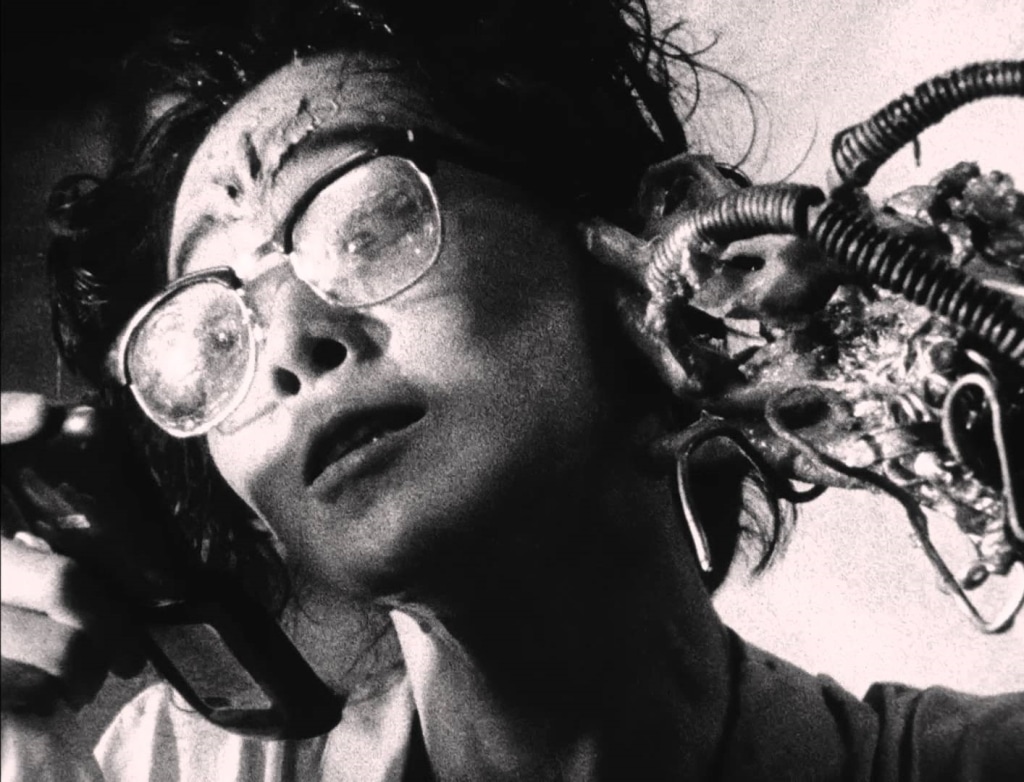
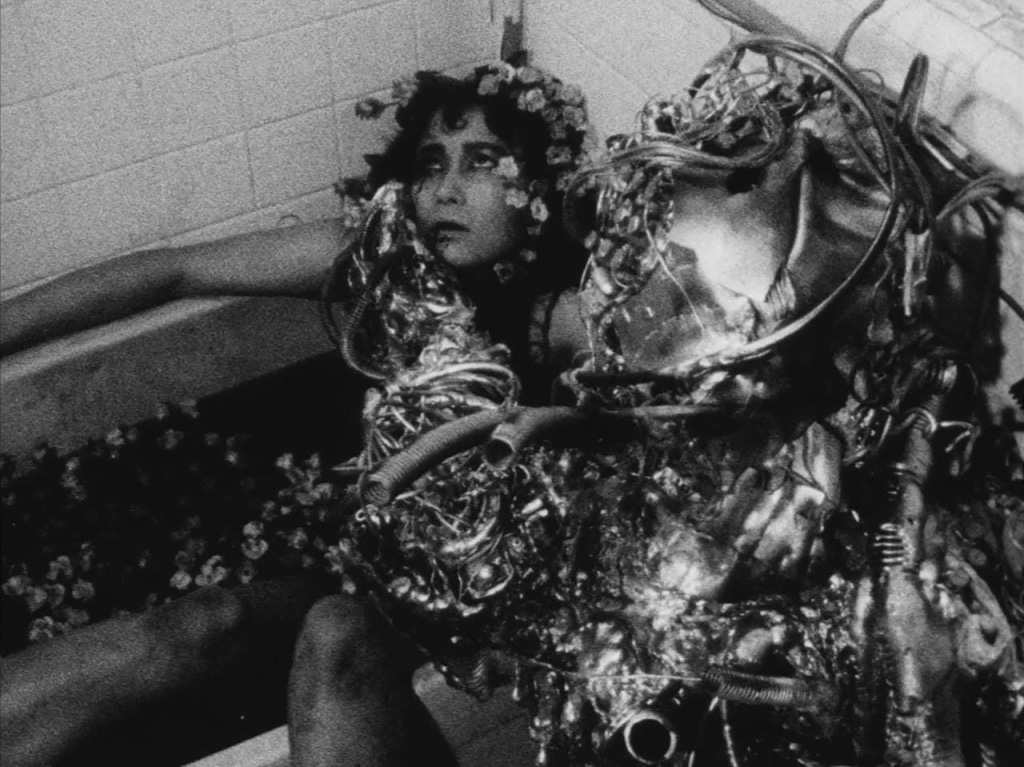
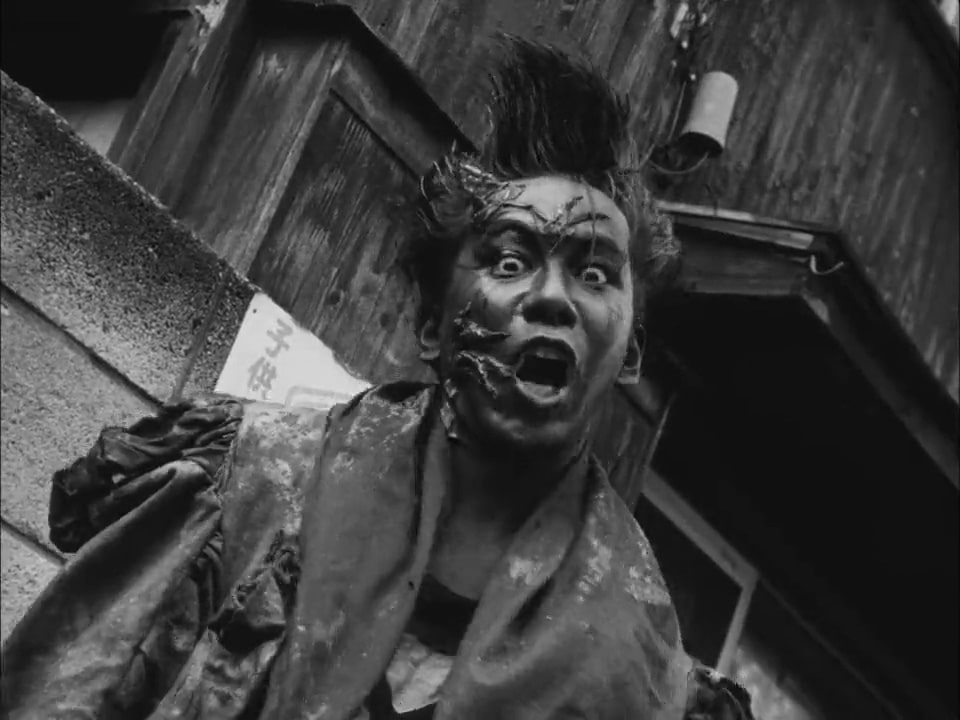
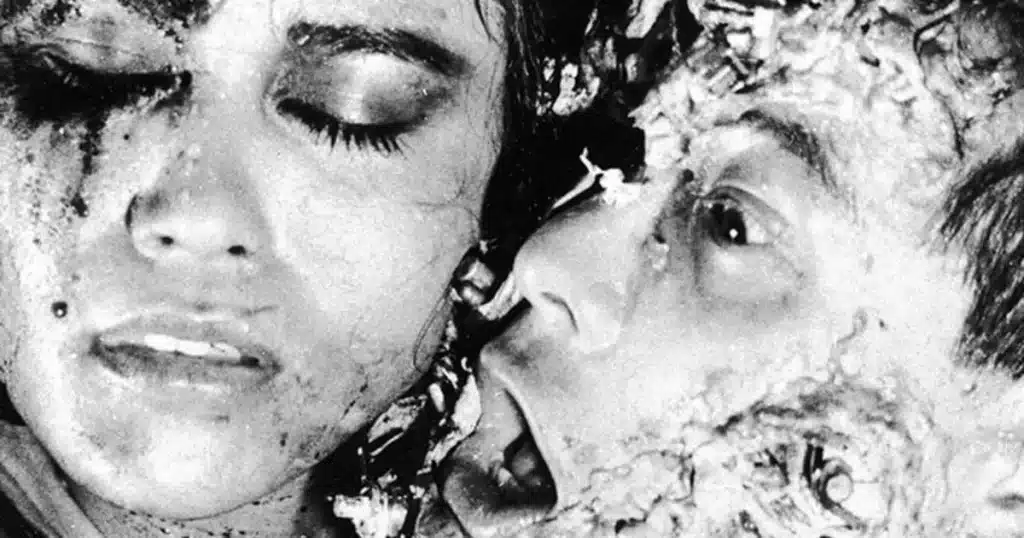
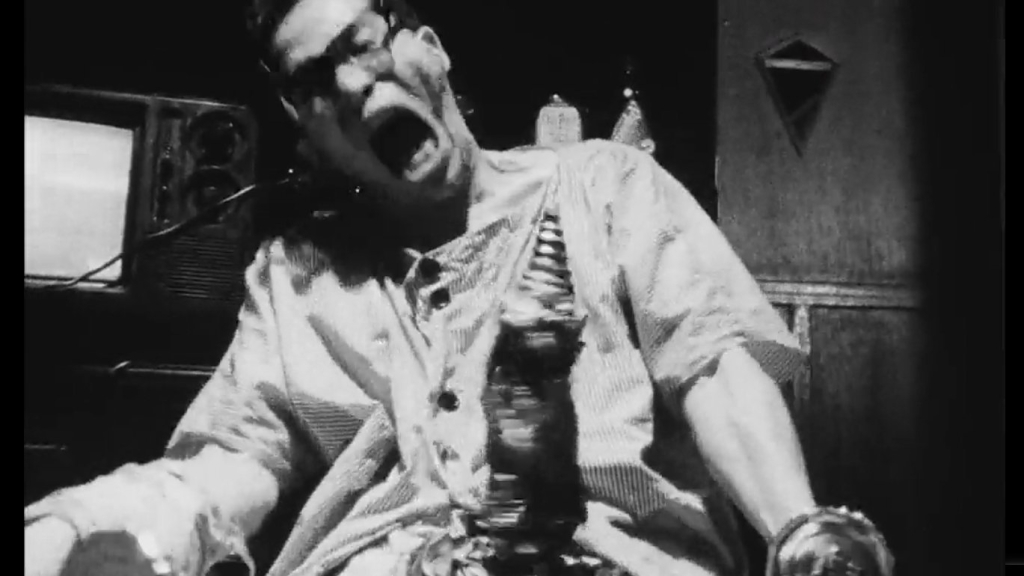











Follow Us!